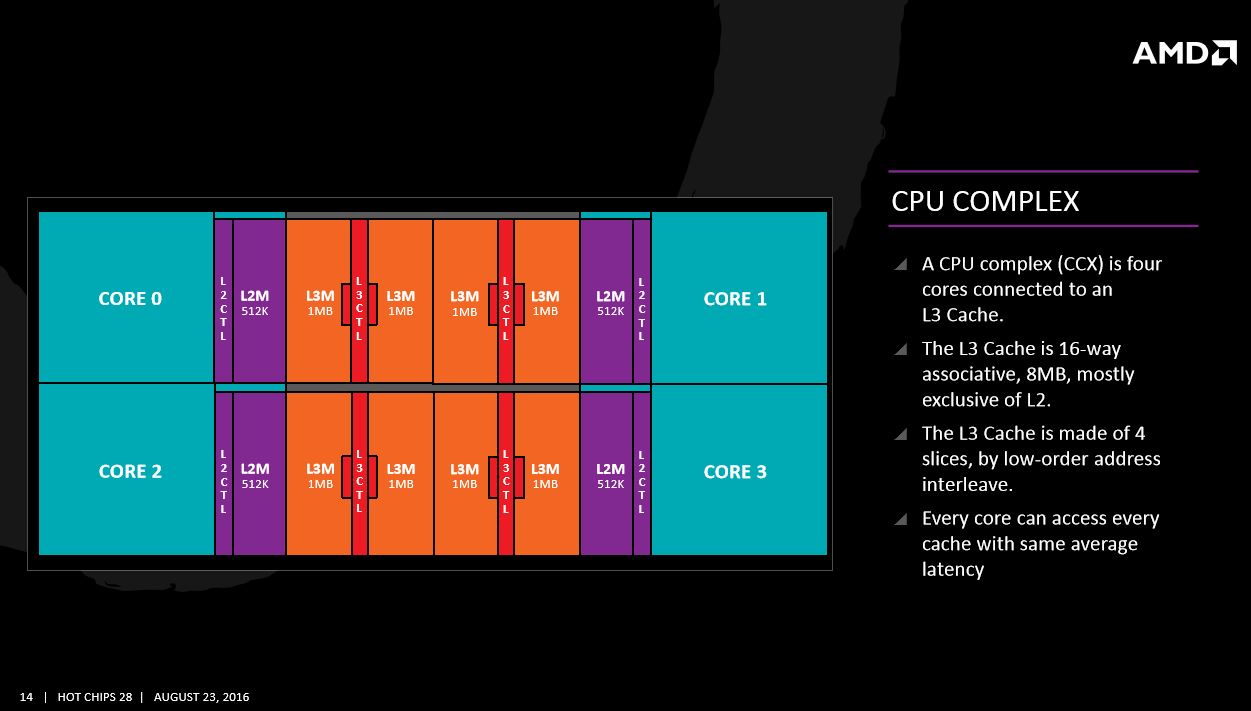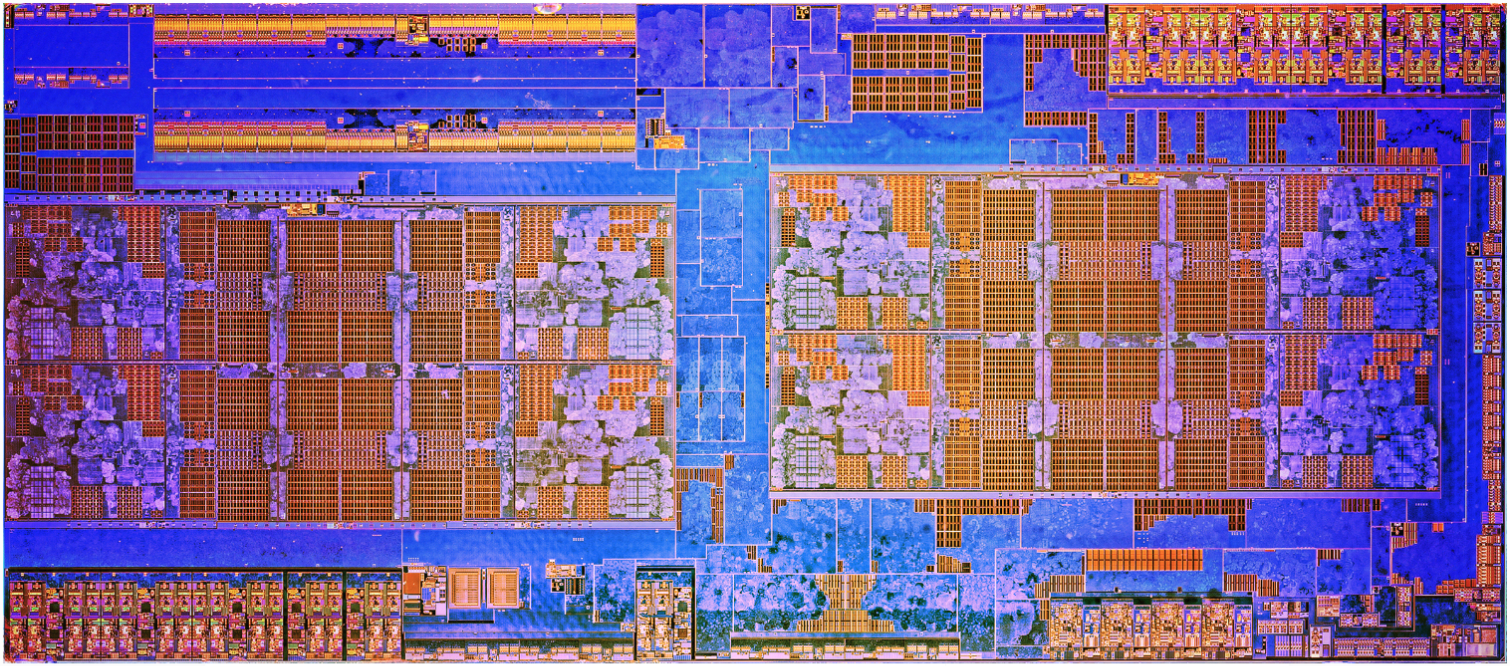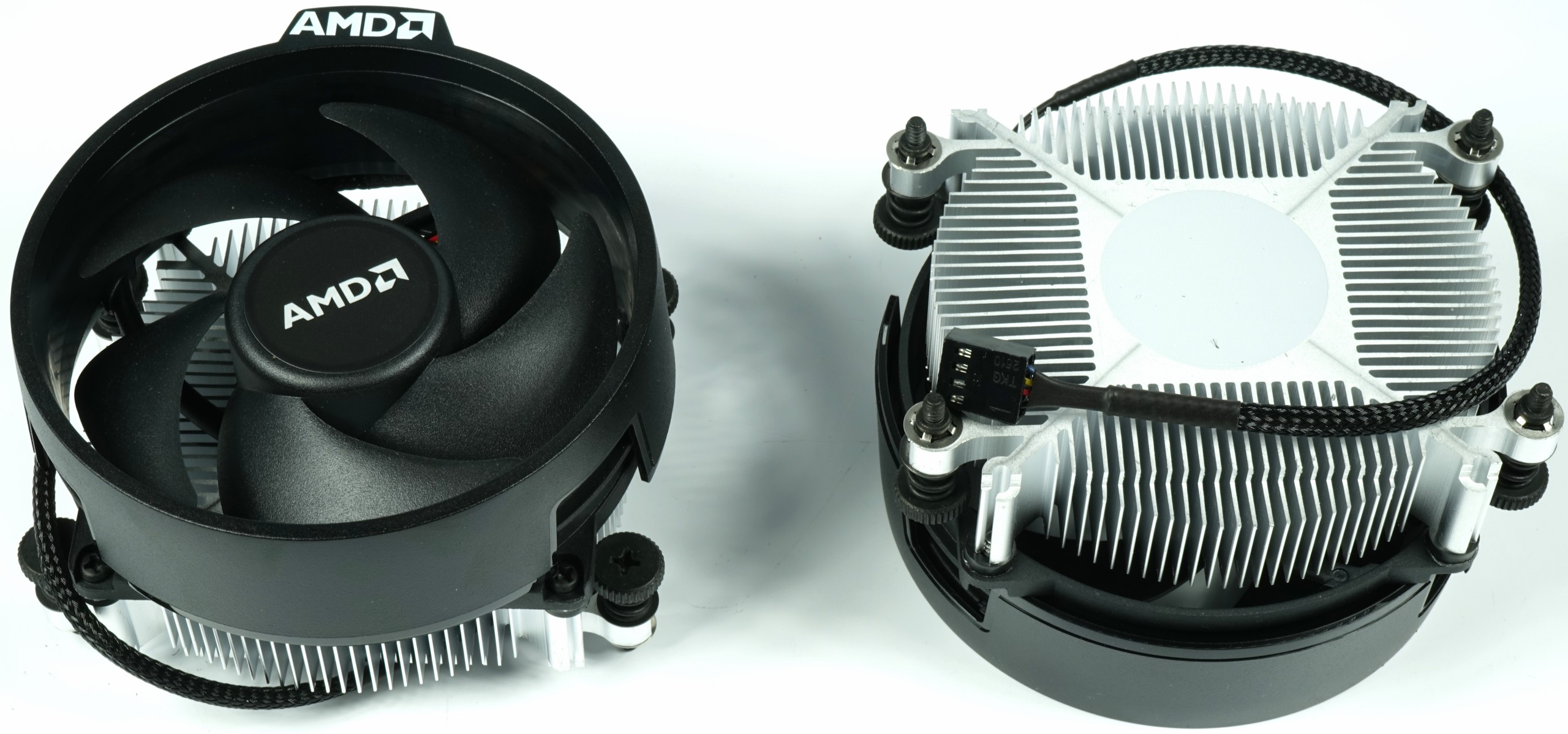Early Verdict
AMD’s Ryzen 3 1300X sets a new benchmark for the budget market with four physical cores, unlocked multipliers, and excellent bundled coolers. All of this comes at a lower price point than Intel’s competing models. Support for overclocking on inexpensive Socket AM4 motherboards with the B350 chipset just adds to the value.
Pros
- +
Low price
- +
Four physical cores
- +
Unlocked multipliers
- +
Beefy bundled cooler
- +
Supports inexpensive chipsets
Cons
- -
No SMT
Why you can trust Tom's Hardware
AMD Attacks Core i3
Fresh from a successful roll-out of mainstream Ryzen 7 and 5 CPUs, AMD's attack on Intel now extends down into the low-end with its Ryzen 3 1300X and 1200 processors, which the company is making available today.
Intel's Core i3s are a staple of the high-volume mainstream market. They make up the most popular brand for budget-oriented builds by far. AMD is looking to shake that up with true quad-core processors that sell for even less than two Hyper-Threaded cores. As if a resource advantage wasn't already compelling enough, Ryzen 3 also enables unlocked multipliers. Intel is ill-prepared to fend off such a combination.
Although there is an unlocked Core i3-7350K at the top of Intel's Core i3 family, it isn't particularly popular. The chip is relatively expensive, and it unfortunately requires a pricey Z270-based motherboard for overclocking support. In comparison, AMD lets you overclock Ryzen 3 on cheaper B350-based platforms.
Right out of the gate, Ryzen 3 should sell for $130, going up against Intel's almost-$150 Core i3-7300, while the $110 Ryzen 3 1200 undercuts the Core i3-7100 at just under $120. In threaded workloads, the quad-core Ryzens should enjoy an advantage against Intel's dual-core models. Of course, AMD doesn't give you integrated graphics like Intel does, but for enthusiasts building cheap gaming PCs, the HD Graphics engine isn't much of a draw anyway.
Ryzen 3 1300X & 1200
The quad-core 1300X is AMD's first Ryzen processor that doesn't feature simultaneous multi-threading, so it only schedules four threads at a time, like Core i5. Still, when it's up against Intel's two Hyper-Threaded cores, the 1300X boasts a notable resource advantage.
AMD arms Ryzen 3 1300X with a 3.4 GHz base frequency that jumps as high as 3.9 GHz under lightly-threaded tasks. The -1300X also offers a 3.6 GHz clock rate with all cores active. Meanwhile, Intel keeps its Core i3-7300 operating at a static 4.0 GHz clock rate.
The quad-core Ryzen 3 1200 has a 3.1 GHz base frequency that scales to 3.45 GHz via XFR. It does battle against the Core i3-7100's static 3.9 GHz.
Get Tom's Hardware's best news and in-depth reviews, straight to your inbox.
Ryzen 3's unlocked multipliers play a key role in overcoming Core i3's higher clock rates. You'll need a capable cooler to push these chips hard, though. Both AMD and Intel bundle their lower-end CPUs with heat sink/fan combos. But in a nod to the overclockers out there, AMD includes Wraith Stealth coolers with both Ryzen 3 models.
Although the 65W-rated Stealth doesn't feature a copper base or the LEDs found on AMD's higher-end thermal solutions, it does handle Ryzen 3's heat output deftly enough to facilitate XFR-triggered frequencies. This gives you an extra 200 MHz. We were even able to overclock the 1300X to 3.9 GHz within a reasonable temperature range. The fan also blows down onto the motherboard, which provide additional cooling around the socket. If you need more bling, AMD recently announced that it now offers the LED-equipped Wraith Max separately.
Like all other Ryzen chips, the 3-series CPUs drop into any Socket AM4 motherboard. But most will find a home on boards equipped with the B350 chipset, which has provisions for overclocking and offers plenty of connectivity options. Unlike Intel, AMD plans to utilize its current socket until 2020, so upgrading to future Ryzen models shouldn't require a new motherboard.


If you'd like more detail on the architecture Ryzen 3 is built on, check out Everything Zen: AMD Presents New Microarchitecture At HotChips and our Ryzen 7 1800X launch coverage. In brief, AMD uses two quad-core building blocks in a single Zeppelin die to create all of existing Ryzen-branded products. That means that each processor actually has eight cores, but AMD disables some of them (and, in this case, 8MB of cache) to create a segmented product stack. For Ryzen 3, the company symmetrically disables half of the cores on each CCX, creating a 2x2 array.
| Ryzen Memory Support | MT/s |
|---|---|
| Dual-Channel/Dual-Rank/Four-DIMM | 1866 |
| Dual-Channel/Single-Rank/Four-DIMM | 2133 |
| Dual-Channel/Dual-Rank/Two-DIMM | 2400 |
| Dual-Channel/Single-Rank/Two-DIMM | 2677 |
According to AMD, it plans to keep selling its older FX-series CPUs. We suspect they'll receive a deep price cut, though. FX-6300 should serve the sub-$100 market, while AMD's A-series APUs and Athlon surface today with Excavator and Polaris cores for AM4 motherboards.
We've updated our gaming suite along with new motherboard firmware (AGESA 1.0.0.6), graphics and chipset drivers. That necessitated an entire retest of our test pool. Due to time constraints, we'll circle back with more in-depth application testing in the upcoming Ryzen 3 1200 review. For now, let's take a look at Ryzen 3's gaming performance.
MORE: Best CPUs
MORE: Intel & AMD Processor Hierarchy
MORE: All CPUs Content

Paul Alcorn is the Editor-in-Chief for Tom's Hardware US. He also writes news and reviews on CPUs, storage, and enterprise hardware.
-
yankeeDDL Wow.Reply
I don't remember when it was last time when we saw a review where, practically, in every chart AMD was at the top, and Intel at the bottom. It is refreshing really. Hopefully this will drive Intel to cleanup the mess it created in 5+ years of unchallenged leadership, and get its acts in order.
I'm enjoying the moment though. With my Ryzen 5 1600 :) -
blackmagnum This is the product segment my slim wallet has been waiting for. I just hope that Intel will fight back with a price war. Now bring in the Ryzen+IGP for office gaming!Reply -
SS_1__ The only mainstream chips Intel makes worth buying are the G4560 and 7700k, AMD has the rest of the product stack.Reply -
mjslakeridge The thing I found interesting from the review is that the disabled cores still receive power (second to last page of the review). Now we just need to figure out how to enable the "hidden" cores!Reply -
bloodroses While I wasn't impressed with the Ryzen 5, their 7 and 3 are really putting the hurt on Intel. Good job AMD for getting back into the race. :) Let's hope they can do the same against Nvidia so true competition will finally be back.Reply -
InvalidError Reply
There isn't a whole lot that Intel can do about it other than drop prices for a given amount of cores and threads, though you can expect Intel to hold on to premium pricing for its IPC, clock frequency and lower power advantages.19988753 said:Hopefully this will drive Intel to cleanup the mess it created in 5+ years of unchallenged leadership, and get its acts in order.
What I'm really curious to see for the mainstream/office segment is the Ryzen-Vega APUs. -
madmatt30 Amd are just absolutely smashing it this year.Reply
Which is a great great thing after Intel's dominance & stranglehold for the last 6 years.
Intel price war ??
No that's not going to happen if it hasn't already ,they're way too arrogant to ever do that.
-
redgarl One of the best CPU of the year with the 1600x. I still take my 1700x over them, but if you are under budget, there is no questions.Reply
Too bad their Vega card seems like another Fury. I sold my stock and wait for the first benches before rebuying it. Also, indication is that RX will cost 600-650$ and barely beating a 1080 GTX. However Vega core are going to be incridilbe with AMD APU on the laptop segment. Nvidia MXM cards are going to be a bad investment and cost a fortune while everything will be on the same chip for AMD. -
dudmont If AMD wants to grab business/oem market, they should come out with a very low end graphics card, something that costs 40$(preferably 20$) or less, that they could bundle with these Ryzen 3s and sell as a one stop solution. So long as it performed similarly to intels IGPs, and the price was competitive, their performance advantage would give them a shot at stealing sales. For them to really get market share, which is where these Ryzen 3s sit, they need to be able to offer something to more than just gamers on a budget.Reply

